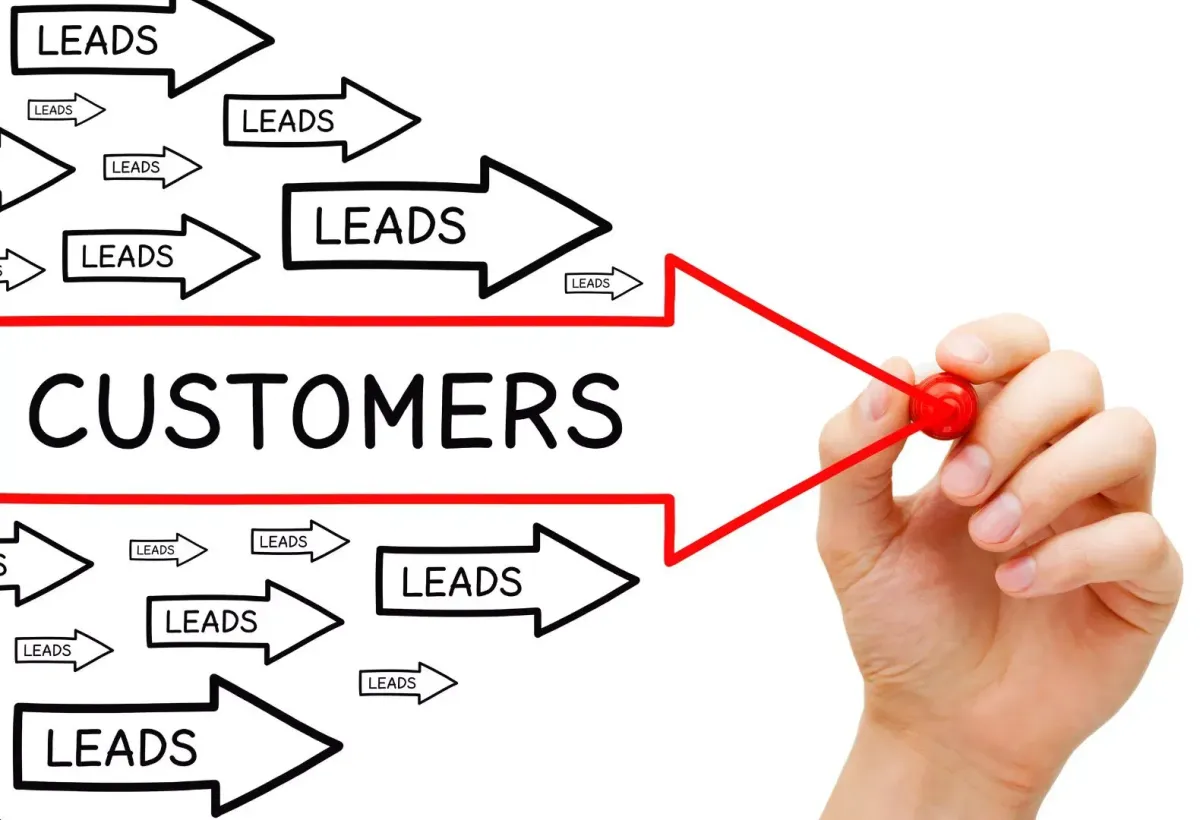
Lead Nurturing That Doesn't Feel Like a Sales Pitch
There’s a difference between being helpful and being pushy—and your leads can feel it. Well-crafted lead nurture campaigns understand that distinction. It shows up when needed, offers something useful, and leaves room for trust to grow organically. When done right, lead nurturing feels more like thoughtful guidance than a sales pipeline.
That shift in tone—from selling to supporting—is where the magic happens. It’s about building a relationship, not closing a deal. And for businesses that want to grow sustainably, this approach makes all the difference.
Let’s explore how to design nurture campaigns that provide value, educate your audience, and personalize the journey—without making your leads feel like they're being sold to at every turn.
Understanding What Lead Nurture Campaigns Are (and What They Aren’t)
A nurture campaign isn’t a sequence of emails designed to wear down your leads until they click “buy.” Instead, it’s a conversation. One that respects where your lead is in their journey, listens to their needs, and offers relevant insights at the right moment.
Effective lead nurturing campaigns focus on being helpful. They introduce your brand as a problem solver—someone who “gets it”—not someone just looking to meet a sales quota. And when that mindset is embedded into your strategy, leads don’t just convert; they become advocates.

Meeting Leads Where They Are
No two leads are exactly alike. Some are just discovering they have a problem. Others are already comparing solutions. Recognizing this is the first step in building trust.
During the awareness stage, leads benefit from educational content—blog posts, explainer videos, or simple checklists that help clarify their problem. In the consideration stage, they’re evaluating options, so resources like case studies or buyer’s guides come in handy. And when they reach the decision-making stage, personal touches like a product walkthrough or one-on-one consultation can be the nudge they need.
Mapping your nurture content to these stages allows you to be relevant instead of repetitive. It shows that you’re not just paying attention—you’re paying respect to their timeline.
Value Over Volume: Creating Lead Nurture Campaigns That Actually Help
A good nurture campaign doesn't shout. It speaks clearly and with purpose. Every email, text, or touchpoint should offer something of value—whether it’s knowledge, a new perspective, or a practical takeaway.
Think about the kind of content you wish you had when you were first starting to solve a problem. That’s the kind of content your leads need. Maybe it’s a how-to guide. Maybe it’s a tip they hadn’t considered. Or maybe it’s simply a story that helps them see what’s possible. If it feels genuinely helpful, it belongs in your nurture flow.
This value-first approach positions your brand as a resource, not a revenue machine.
Automating Lead Nurture Campaigns Without Losing the Personal Touch
Automation often gets a bad rap. But when done well, it enhances personalization rather than detracts from it. The key lies in how you segment your audience and how intelligently your automation adapts to behavior.
For instance, if a lead downloads a guide about pricing strategies, they shouldn't receive a generic welcome sequence. They should get content that reflects their interests—like a follow-up article on revenue models or a case study on price testing. With smart automation, that kind of response is scalable and seamless.
Set up triggers that respond to how your leads engage. Use merge tags to personalize messages beyond just a first name. And monitor interactions to improve messaging over time. This is where automation becomes an extension of your customer care, not a replacement for it.

Avoiding the “Salesy” Trap in Lead Nurturing Campaigns
What makes a nurture campaign feel like a pitch? Usually, it’s the tone. Overusing urgency, adding too many “buy now” buttons, or stuffing content with promotional language can undo all the trust you’re trying to build.
Instead, your tone should be conversational, supportive, and genuinely interested in helping. Position your brand as a guide, not a gatekeeper. Encourage dialogue—invite leads to ask questions or share their challenges. The more you listen, the more effective your nurturing becomes.
It’s also important to give leads breathing room. Not every email needs a CTA. Sometimes, the best thing you can do is leave them with a useful insight and nothing else.
Bringing It All Together with Smart CRM Support
Creating thoughtful, personalized nurture campaigns becomes much easier when the right systems are in place. With a CRM that can track interactions, automate follow-ups, and segment leads intelligently, your team can focus on strategy instead of just staying organized.
More importantly, a strong CRM lets you scale the human touch. Every workflow, tag, and trigger is a chance to show your leads you understand them. That kind of attention builds trust—something no sales pitch can match.
Nurture for Growth, Not Just Conversion
If your nurture campaigns are only built to close a deal, they’re missing the bigger opportunity: connection. When you lead with value, respect your audience’s pace, and automate with intention, you create more than just a conversion funnel—you create a relationship.
At Pinnacle Ai, we’ve designed our CRM with lead nurturing in mind. Our platform makes it easy to build personalized, automated workflows that adapt to your leads’ needs, track engagement across channels, and eliminate manual busywork that gets in the way of meaningful communication.
If you're ready to nurture smarter—not harder—schedule a call with our team. Let’s turn your lead pipeline into something more powerful: a community built on trust.









